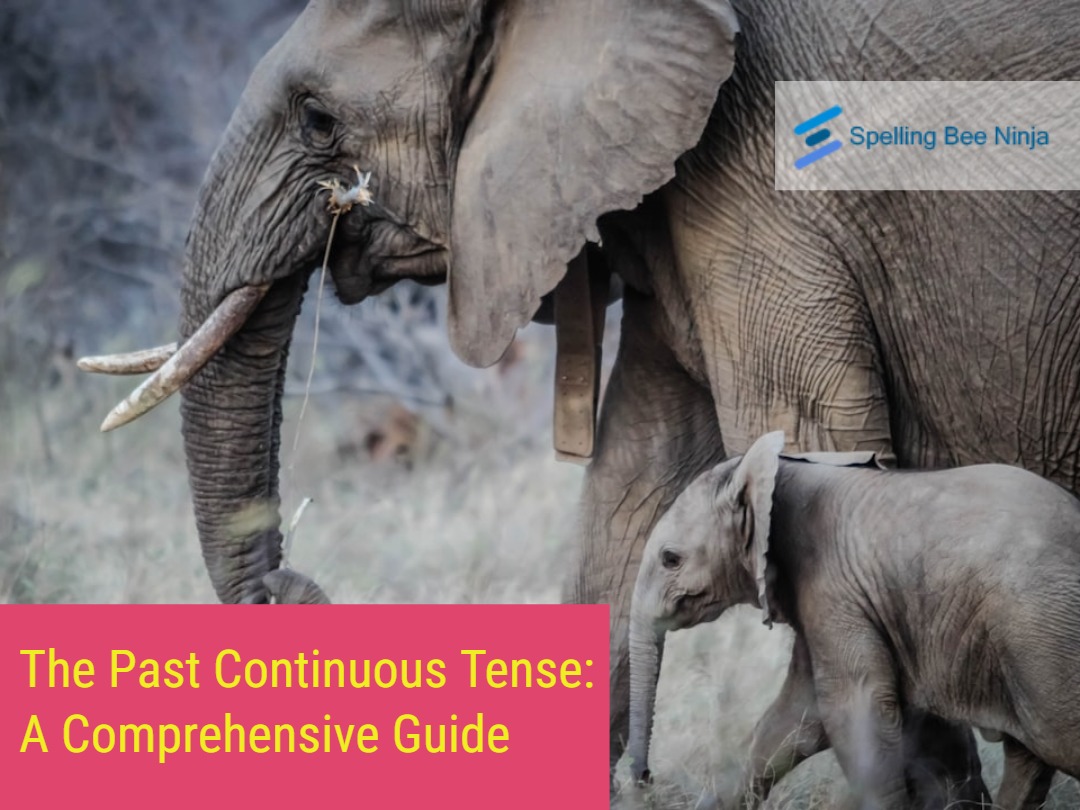Introduction
The Past Continuous tense is an essential part of English grammar that helps us describe ongoing actions or events that were happening at a specific moment in the past. Understanding this tense allows speakers and writers to provide a more detailed picture of past events, especially when describing simultaneous actions, interruptions, or background settings in narratives. This article delves into the structure, uses, time markers, and examples of the Past Continuous tense to help learners master it effectively.
Structure of the Past Continuous Tense
The Past Continuous tense is formed using the past tense of the verb to be (was/were) followed by the base verb with the -ing ending.
Formula:
Subject + was/were + base verb (-ing)
Examples:
– I was reading a book.
– They were playing football.
– She was cooking dinner.
Uses of the Past Continuous Tense
1. Actions in Progress at a Specific Time in the Past
The Past Continuous tense is used to describe actions that were happening at a particular time in the past.
Examples:
– At 8 PM last night, I was watching TV.
– She was working on her project all afternoon yesterday.
2. Two Simultaneous Actions in the Past
When two actions were happening at the same time in the past, the Past Continuous tense is often used for both actions.
Examples:
– While I was studying, my brother was playing video games.
– They were chatting while having coffee.
3. Action Interrupted by Another Action
This tense is also used to describe an ongoing action that was interrupted by another shorter action, which is expressed in the Past Simple tense.
Examples:
– I was sleeping when the phone rang.
– They were walking in the park when it started to rain.
4. Setting the Scene in Narratives
The Past Continuous is often used to describe the background or atmosphere in a story or narrative.
Examples:
– The sun was setting, and birds were chirping as we arrived.
– He was sitting by the fireplace, reading a book, when the power went out.
5. Polite or Tentative Statements
In some cases, the Past Continuous is used to make polite or tentative inquiries.
Examples:
– I was wondering if you could help me with this.
– Were you planning to attend the meeting?
Time Markers Commonly Used with the Past Continuous
Time markers help provide context for when an action occurred. Here are some common time markers used with the Past Continuous tense:
– While
– When
– At [specific time]
– All day/night/evening
– As
Examples:
– She was cooking when I arrived.
– At 10 AM, I was preparing for the presentation.
– They were practicing music all afternoon.
Common Mistakes with the Past Continuous
1. Using the Past Simple Instead of the Past Continuous
Incorrect: He cooked dinner when I arrived.
Correct: He was cooking dinner when I arrived.
Explanation: The Past Continuous emphasizes the ongoing nature of the action.
2. Forgetting the Auxiliary Verb (was/were)
Incorrect: I walking to the park.
Correct: I was walking to the park.
Explanation: The Past Continuous requires the auxiliary verb was or were.
3. Using was/were with the Base Verb Instead of the -ing Form
Incorrect: They were play football.
Correct: They were playing football.
Explanation: The main verb in the Past Continuous must be in the -ing form.
Differences Between Past Continuous and Related Tenses
Past Continuous vs. Past Simple
The Past Continuous emphasizes the duration or progression of an action, while the Past Simple focuses on the fact that the action occurred.
Example:
– Past Continuous: I was reading a book when the phone rang.
– Past Simple: I read a book yesterday.
Past Continuous vs. Present Continuous
The Present Continuous describes actions happening now, while the Past Continuous refers to actions in progress at a specific moment in the past.
Example:
– Present Continuous: I am reading a book.
– Past Continuous: I was reading a book.
Past Continuous vs. Past Perfect Continuous
The Past Perfect Continuous emphasizes the duration of an action that was happening before another past action.
Example:
– Past Continuous: I was studying when he called.
– Past Perfect Continuous: I had been studying for two hours when he called.
Practice Sentences
Here are some sentences for practice. Try forming Past Continuous sentences:
1. (cook) She _______ dinner when the doorbell rang.
2. (play) The children _______ in the garden while their parents were talking.
3. (study) At midnight, I _______ for my exam.
Answers:
1. She was cooking dinner when the doorbell rang.
2. The children were playing in the garden while their parents were talking.
3. At midnight, I was studying for my exam.
Why Master the Past Continuous Tense?
The Past Continuous tense is vital for expressing ideas clearly and vividly. Whether you’re narrating a story, describing past events in detail, or simply engaging in conversation, understanding this tense will enhance your communication skills. It enables you to provide context and explain how events unfolded over time, making your speech or writing more engaging and precise. To verify your understanding of this Tense, we prepared a free interactive verification test here.
Conclusion
The Past Continuous tense is a powerful tool for describing actions and events in progress in the past. By understanding its structure, uses, and common time markers, learners can gain confidence in applying it correctly. Practice regularly, pay attention to common mistakes, and use real-life scenarios to enhance your grasp of this essential tense. With consistent effort, mastering the Past Continuous tense will become second nature.
- ✈️ The 12 Tenses in the English Language
- ✈️ The Present Simple Tense
- ✈️ Present Continuous Tense in English
- ✈️ Understanding the Present Perfect Tense in English
- ✈️ Understanding the Present Perfect Continuous Tense
- ✈️ Understanding the Past Simple Tense in English
- ✈️ The Past Continuous Tense: A Comprehensive Guide
- ✈️ The Past Perfect Tense in English: A Comprehensive Guide
- ✈️ Understanding the Past Perfect Continuous Tense
- ✈️ Future Simple Tense: A Comprehensive Guide
- ✈️ Future Continuous Tense: A Comprehensive Guide
- ✈️ Understanding the Future Perfect Tense
- ✈️ Future Perfect Continuous Tense


